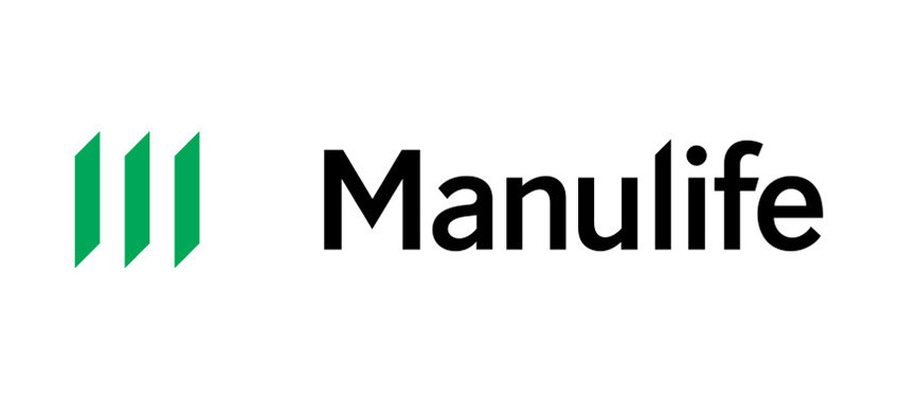- It’s the duration of weak growth momentum, rather than the binary ‘recession or no recession’ call, that drives markets.
- A diversified portfolio of income-oriented strategies remains an attractive objective, as spreads are now wider, yields higher and equities lower.
HONG KONG / SINGAPORE / KUALA LUMPUR – Investors today are facing a series of potentially long-term shifts, including structurally higher inflation, rapidly rising interest rates, and a more aggressive tightening path from the US Federal Reserve (Fed) and other major central banks, says Manulife Investment Management.
In the second half of 2022, global equities and bonds have experienced significant weakness in the face of heightened inflation and one of the most aggressive Fed hike profiles in decades. Furthermore, global financial conditions hit their tightest level since April 2020. The energy crisis is fueling increased financial stress as surging prices prompt stricter collateral requirements for energy trades; and tighter USD liquidity is creating a self-reinforcing feedback loop of USD strength. We believe central bank tightening in both developed and emerging markets will likely contribute to deteriorating global liquidity conditions and pose a headwind to lower growth.
As a slowdown in growth is foreseeable, income-oriented and diversified multi-asset strategies remain an attractive objective for investors whilst staying peer competitive within the current challenging macro-economic environment.
Luke Browne, Senior Portfolio Manager and Head of Asset Allocation, Multi-Asset Solutions Team Asia, Manulife Investment Management, said: “The Fed has retained its hawkish bias and will continue to raise rates into year-end, even as inflationary pressures should unwind gradually over the coming months. That said, we expect inflation to remain sticky for the balance of 2022 and into next year. By mid-2023, inflation is likely to decelerate materially due to base effects, excess inventories in non-auto retail goods, and the alleviation of supply-chain disruptions, which are already showing evidence of fading.”
“With higher odds that the Fed front-loads rate hikes into 2022, we think markets start to price in a Fed cut for 2023. In the near term, the Fed will likely continue with an aggressive rhetoric, rather than finesse its hike profile. However, we do believe growth concerns will become a more dominant factor in the Fed’s decision making in the last quarter of the year, which will see the Fed guide towards a slowdown in its already aggressive move towards neutral rates.”
Credits remain a preference given spread opportunities
Higher interest rates have historically increased a bond portfolio’s overall return over the long run as fresh issuance is brought to market at higher coupons, and the current environment should be no exception.
Luke Browne said, “Credits remain a preference with spread opportunities in Asia and attractive yields within US fixed income given a resilient US economy. With agreeable valuations, emerging markets debt could begin to look attractive over the medium term. In a world of increased macroeconomic uncertainty, Asia credits may offer pockets of opportunities with a generally more benign inflationary outlook than developed markets.”
“Furthermore, we believe the US high yield market has the potential to deliver relatively better performance versus risk assets like equities, as it is better compensated under rising inflation. Also, US high yields have a lower default potential, as these bonds have a greater exposure to oil and gas sectors, as well as a relatively stronger US economy.”
Selective sectors in equity markets to weather heightened volatility
The COVID-persistent environment makes it hard to find a quick resolve to economies affected by the pandemic, but selected names and sectors with strong fundamentals will likely play a defensive role amid the heightened volatility.
Luke Browne commented, “Given weaker economic growth momentum and ongoing geopolitical uncertainty, we expect equity markets to experience heightened volatility. However, markets with significant exposure to energy and materials (as inflation hedges), less volatile and defensive attributes of consumer staples and utilities, and broad dividend names, may find some insulation. Overall, income-oriented dividend equities, such as cyclicals, value, energy and defensives, remain relatively more attractive in this environment of macro and policy uncertainty.”
Tactical option writing for potential income enhancement
Luke Browne added, “Going into Q4, tactical positioning will need to be more prevalent in order to nimbly rebalance and de-risk portfolios, as well as add to yield opportunities as they arise. Capturing volatility through frequent implementation of call and put writing can help manage premium capture, whilst offsetting some of the drawdown from equities in this environment.”
For the remaining months of 2022 and early 2023, the search for income will continue, and it will remain an attractive segment for investors. Amid elevated risk and market uncertainty, it is more important than ever to capture sustainable higher yields from a range of assets with lower correlations and expected relatively lower volatilities that can meet investors’ objectives without sacrificing the potential for capital growth.
Luke Browne concluded: “Each market is exposed to distinct economic and interest-rate cycles, which creates specific income opportunities. We believe in flexible allocations across global geographies, sector, factor and capital structure exposures, rather than focusing on a single or selection of markets which could bring unwanted outcomes. We believe a multi-asset income approach can help investors navigate through global uncertainties whilst presenting a sustainable and high-income outcome for them.”
Liked this post? Follow SwirlingOverCoffee on Facebook, YouTube, and Instagram.


